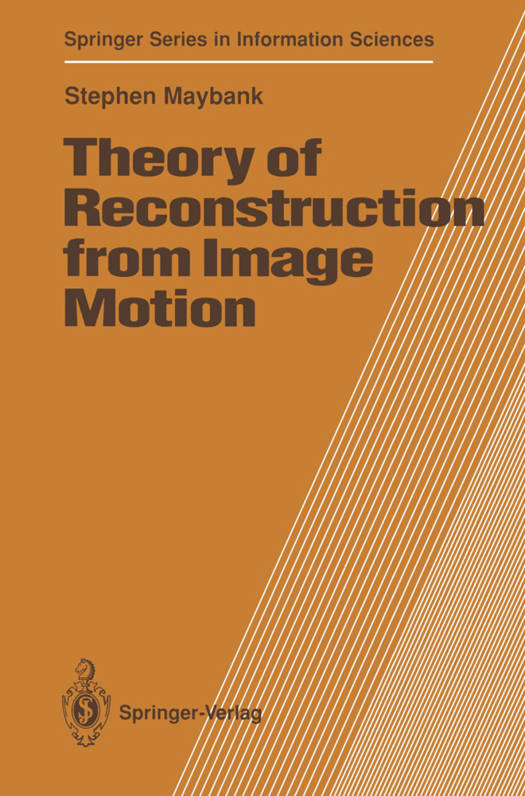
- Afhalen na 1 uur in een winkel met voorraad
- Gratis thuislevering in België vanaf € 30
- Ruim aanbod met 7 miljoen producten
- Afhalen na 1 uur in een winkel met voorraad
- Gratis thuislevering in België vanaf € 30
- Ruim aanbod met 7 miljoen producten
Zoeken
Omschrijving
The image taken by a moving camera changes with time. These image motions contain information about the motion of the camera and about the shapes of the objects in the field of view. There are two main types of image motion, finite displacements and image velocities. Finite displacements are described by the point correspondences between two images of the same scene taken from different positions. Image velocities are the velocities of the points in the image as they move over the projection surface. Reconstruction is the task of obtaining from the image-motions information about the camera motion or about the shapes of objects in the field of view. In this book the theory underlying reconstruction is described. Reconstruction from image motion is the subject matter of two different sci- entific disciplines, photogrammetry and computer vision. In photogrammetry the accuracy of reconstruction is emphasised; in computer vision the emphasis is on methods for obtaining information from images in real time in order to guide a mechanical device such as a robot arm or an automatic vehicle. This book arises from recent work carried out in computer vision. Computer vision is a young field but it is developing rapidly. The earliest papers on reconstruction in the computer vision literature date back only to the mid 1970s. As computer vision develops, the mathematical techniques applied to the analysis of recon- struction become more appropriate and more powerful.
Specificaties
Betrokkenen
- Auteur(s):
- Uitgeverij:
Inhoud
- Aantal bladzijden:
- 261
- Taal:
- Engels
- Reeks:
- Reeksnummer:
- nr. 28
Eigenschappen
- Productcode (EAN):
- 9783642775598
- Verschijningsdatum:
- 6/12/2011
- Uitvoering:
- Paperback
- Formaat:
- Trade paperback (VS)
- Afmetingen:
- 156 mm x 234 mm
- Gewicht:
- 390 g

Alleen bij Standaard Boekhandel
+ 236 punten op je klantenkaart van Standaard Boekhandel
Beoordelingen
We publiceren alleen reviews die voldoen aan de voorwaarden voor reviews. Bekijk onze voorwaarden voor reviews.








